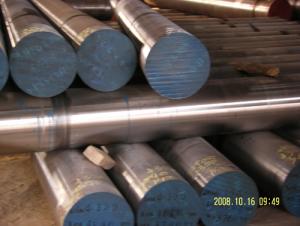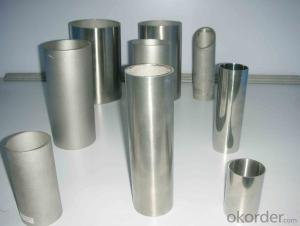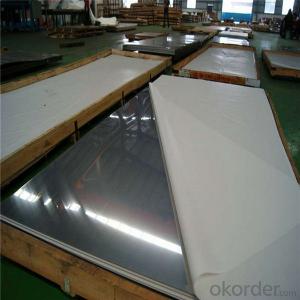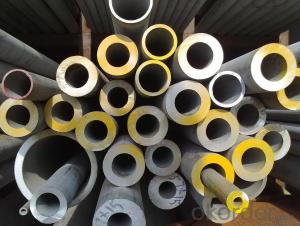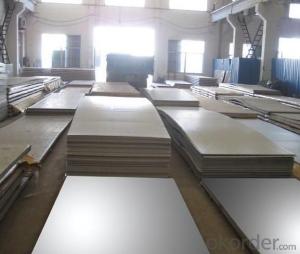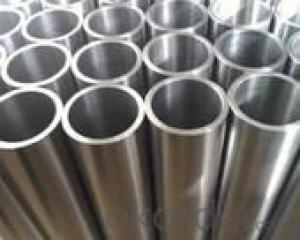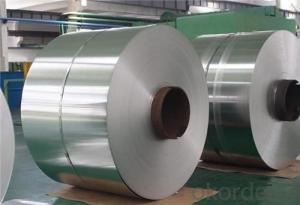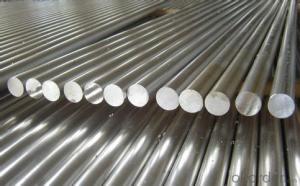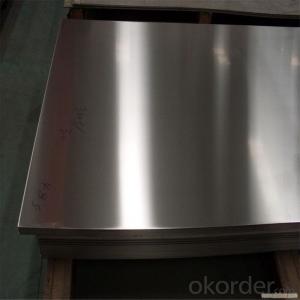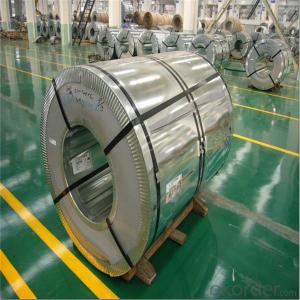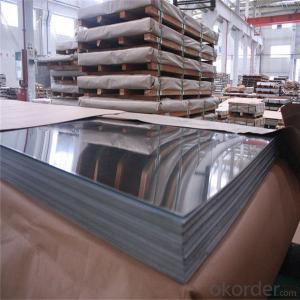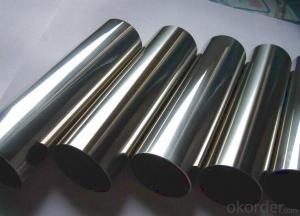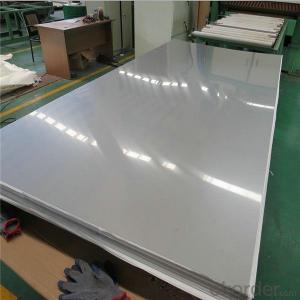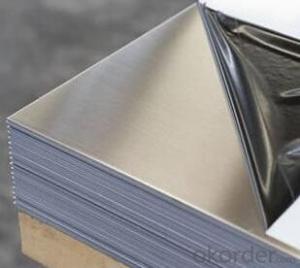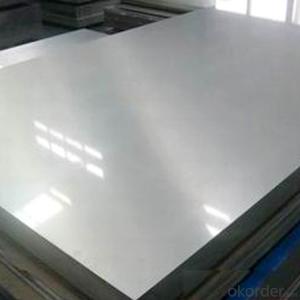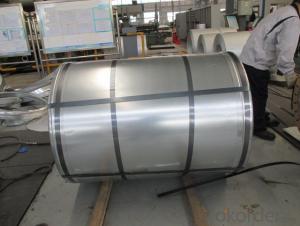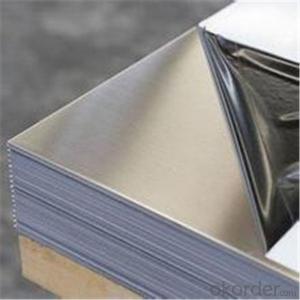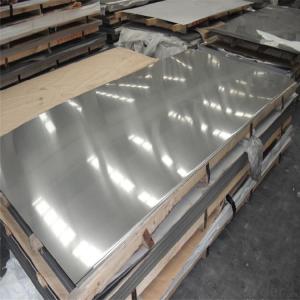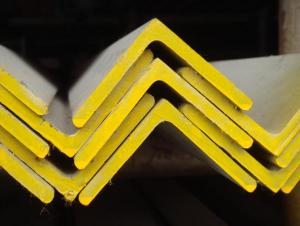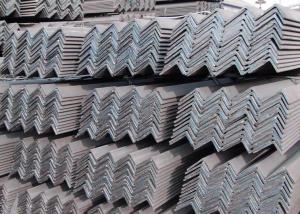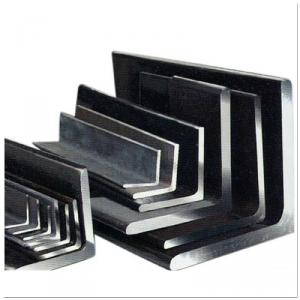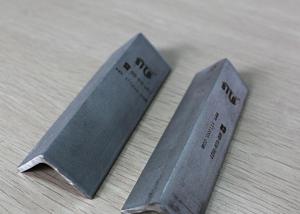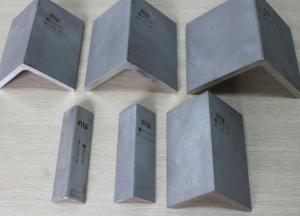Density Of 316 Stainless Steel
Density Of 316 Stainless Steel Related Searches
Density Of Stainless Steel 316 316 Stainless Steel Density Density Of 304 Stainless Steel Density Of Stainless Steel 304 304 Stainless Steel Density 316 Stainless Steel Hardness Density Of Stainless Steel Stainless Steel Density Stainless Steel 316l 316 Stainless Steel Composition Stainless Steel 316 316l Stainless Steel 316 Grade Stainless Steel 316 Stainless Steel Properties Type 316 Stainless Steel Density Stainless Steel 316 Stainless Steel Sheet 316 Stainless Steel Price 304 Stainless Steel Hardness Stainless Steel 316 Properties 316l Stainless Steel Properties Hardness Of Stainless Steel 304 Or 316 Stainless Steel 316ti Stainless Steel 316 Stainless Steel Tubing Stainless Steel Density Lb/In3 316 Stainless Steel Rod Weight Of Stainless Steel Stainless Steel Hardness 304 Stainless Steel CompositionDensity Of 316 Stainless Steel Supplier & Manufacturer from China
316 Stainless Steel is a type of austenitic stainless steel, known for its excellent corrosion resistance and strength. This product is widely recognized for its ability to withstand harsh environments and is often used in various industries such as marine, chemical, and food processing. The density of 316 stainless steel is a crucial factor in determining its suitability for different applications.The application and usage scenarios for 316 stainless steel are vast, as it is highly valued for its durability and resistance to corrosion. This product is commonly used in the construction of pipelines, tanks, and heat exchangers, as well as in the manufacturing of various mechanical parts and components. In addition, 316 stainless steel is also utilized in the production of kitchen appliances, cutlery, and other household items due to its ability to maintain its appearance and functionality over time. The density of 316 stainless steel plays a significant role in these applications, as it contributes to the material's overall performance and efficiency.
Okorder.com is a leading wholesale supplier of 316 stainless steel, offering a vast inventory of this high-quality product. As a reputable supplier, Okorder.com ensures that customers receive the best possible materials for their specific needs. The density of 316 stainless steel is a key characteristic that sets this product apart from other types of stainless steel, making it a popular choice for a wide range of applications. By partnering with Okorder.com, customers can be confident that they are receiving a reliable and high-performing product that meets their specific requirements.
Hot Products
